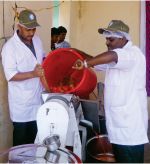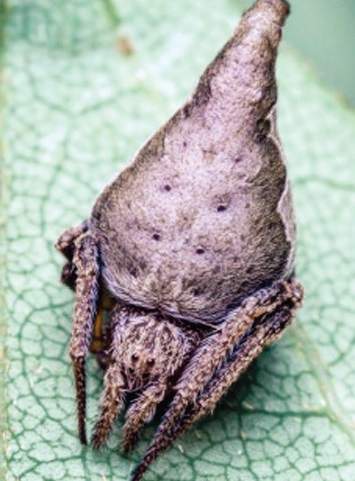Bengaluru:
Moving through the dank corridors where exhibits — often thousands of years old — lie in the shadows, an app could be the gateway to the rich history within the Government Museum.
The 151-year-old museum on Kasturba Road is preparing to enter into the digital world with a tour of the premises being incorporated in an app, named Pinakin. The app seeks to serve as an audio guide to visitors.
For a visitor, the labels around the Deccan-style paintings in the museum hardly provide adequate details. On the app, however, a voice guides you into the time of the kings and the techniques of the painters. The strokes that bring out the colours were done using squirrel or pig tail hair, guides the voice.
Similarly, the hero stone – where again the museum has put little by way of information. The app brings out the tale of the chieftain who died in a battle against the Ganga king.
Officials said the app is undergoing trials. “It should be available in a week or so. People can use the app to find more information about the exhibits and we hope this will lead to greater footfalls,” said an official.
Pinakin already offers free tours of Mysore Palace and Meenakshi Temple in Madurai, among other places.
Need for curation
Pinakin is free to download and covers over 20 exhibits out of the more than 185 in the museum. Available in English and Kannada, the recordings – which can be downloaded offline – runs to around 40 minutes.
“It is not merely a lecture on history. It brings out interesting facts to induce inquisitiveness among visitors and shifts the perspective from merely photographic memory to information,” says Srikanth Iyer, Chief Executive Officer of Aseuro Technologies, which has developed the app.
He hopes to expand the app to include paintings in the Venkatappa Art Gallery while information on the Government Museum will be constantly updated. “After six months or so, we can add 15 to 20 exhibits in the app so that those revisiting the museum will always have something more to see,” said Mr. Iyer.
Revamping the city’s heritage through museums
The city is far more than just about pubs and IT hubs. Bengaluru is, contrary to popular perception, a city where history played out for over five centuries.
This history, however, seems to have been forced into the sidelines during the city’s exponential growth. The birthplace of the ‘Bangalore Rocket’ – a torpedo which was developed by Tipu Sultan – has virtually disappeared, while the city’s museums – which are to chronicle this history – remains little more than storehouses of antiques.
Priyank Kharge, State Minister of Tourism, hopes to change the perception of the city’s history by introducing the Kempegowda Tower Tourism Circuit or tours featuring Colonial history at Cantonment. “It is an uphill task, and much of it has disappeared. But, whatever is there needs to be protected. As a start, we need to celebrate our museums and ensure that there is better curation so that a visit becomes an experience for tourists. We have started this on a trial basis in the Government Museum through an app,” he said.
Over the years, a mixture of apathy and lack of public interest in history has seen museums being forced into the sidelines. For instance, in its heydays at the start of the last century, over four lakh people would visit the museum (or, Tamasha House as it was called). Now, the number barely touches two lakh. Of this, many are school students out on an excursion.
While welcoming initiatives such as an audio-visual app for exploration of museums, Meera Iyer, co-convenor of Indian National Trust for Art and Cultural Heritage (INTACH), says much more needs to be done to improve facilities on the ground. “What needs to be done is to revamp the museum. The method of labelling and giving out information is abysmal; the walls are damp, the lighting is not good. There is poor display. All of this needs to change,” she says.
The Tourism Department has sought a proposal from the State Archaeology Department on projects that would improve facilities and conservation of artifacts of the Government Museum.
The potential of museums
“There are a lot of interesting stories to be told of the heritage of Bengaluru. Apart from Government Museum, we want to include Tipu Sultan’s Summer Palace and the historical Someshwara Temple in our audio tours. Even the botanical gardens of Lalbagh will provide lots of interesting stories for visitors,” says Srikanth Iyer, CEO, Aseuro Technologies.
“In other cities, museums are celebrated. But here, they are not being curated properly. We are trying to change this. To begin with, we are starting with museums of the State Archaeology Department,” says Priyank Kharge, Tourism Minister.
source: http://www.thehindu.com / The Hindu / Home> Cities> Bengaluru / by Mohit M. Rao / December 13th, 2016







